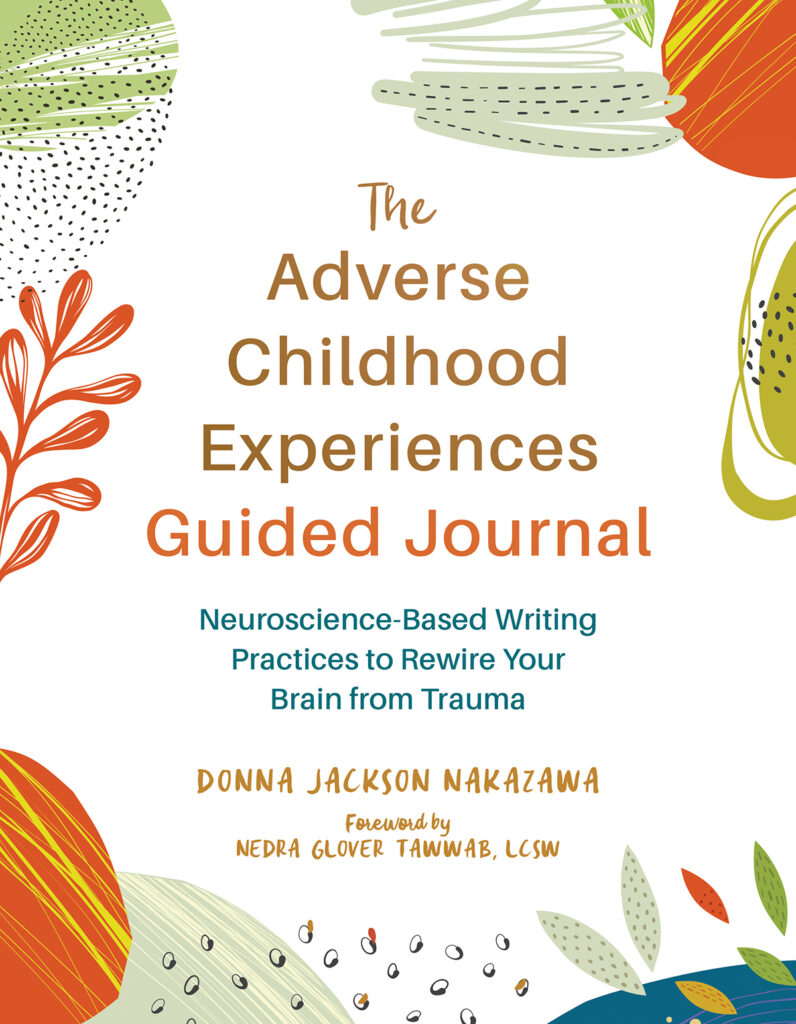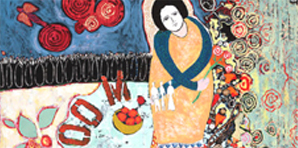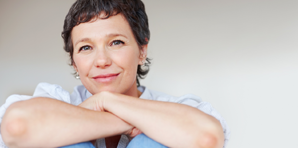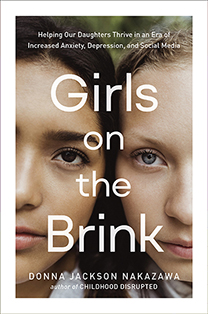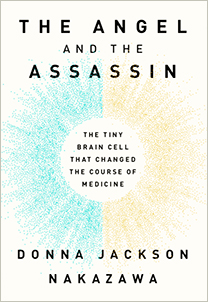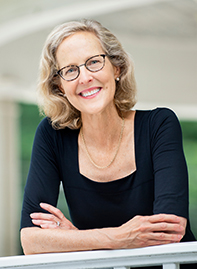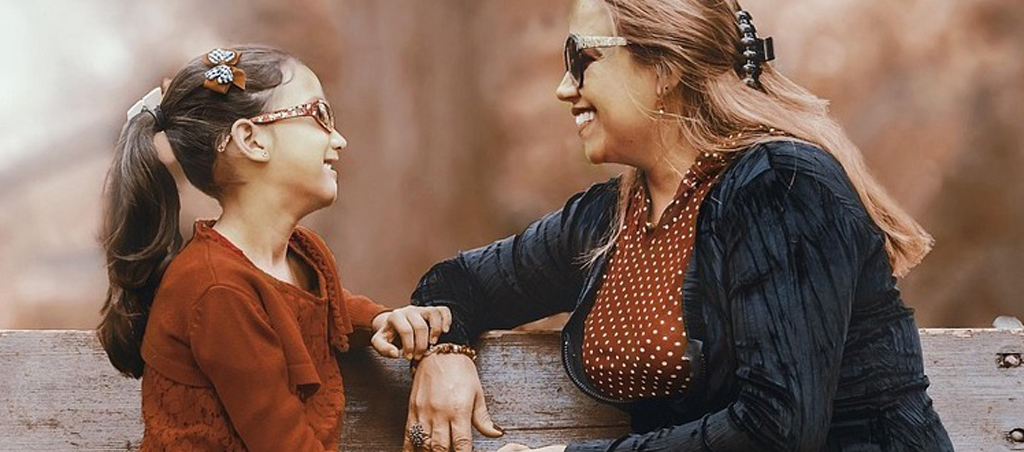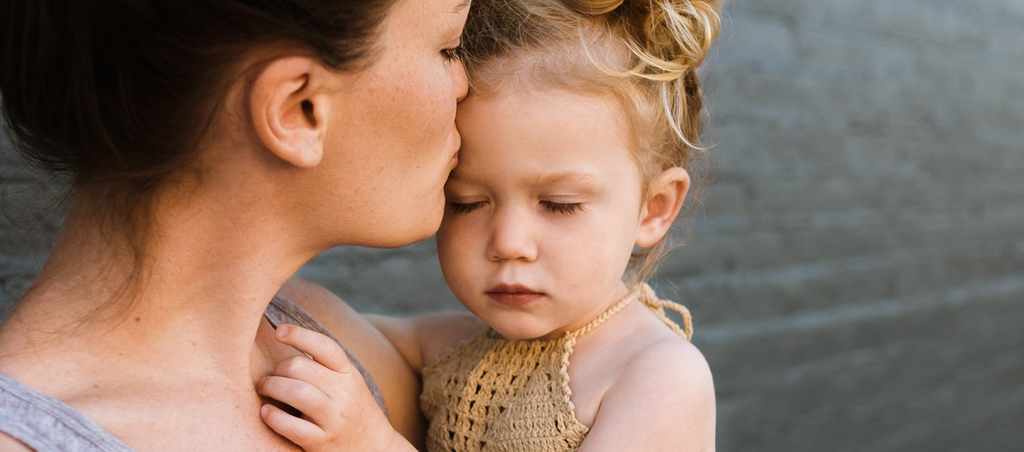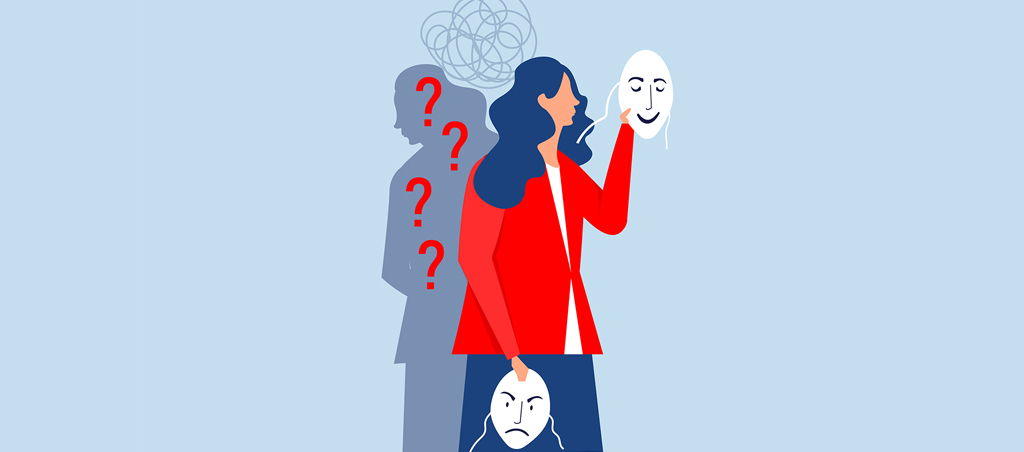… that I need to make sure to tell you what she had to say when she read an early copy of The Last Best Cure. When I finished writing The Last Best Cure I asked my friend P., who is a well-known neuroscientist, to read the manuscript and make certain I had every scientific fact spot on. P. gave me several important scientific insights. And then she said, “But there’s one really important point I think you’re forgetting.”
“What’s that?” I asked.
“I don’t think you’ve made it clear that this book is not just for those with chronic health worries,” P. said. P. is in mid-life, perfectly healthy, and doesn’t have any chronic health complaints. Just the normal wear and tear stress that comes with being a busy, accomplished professional raising two young children. Though she does have a scientific interest in the topic — as a neuroscientist P. studies mental health issues and how they develop in the brain and why. “I think you’re thinking too narrowly,” she told me. “Because your book is absolutely for people like me, too. It’s for every one of us. Those who’ve faced illness, and those of us who hope not to. You don’t have to have been ill to realize that you aren’t really living with the sense of joy and well-being you long for. And you don’t have to have been ill to understand that that brain-body connection is critical to your physical and emotional health.”
P. couldn’t be more right. One doesn’t have to have faced great physical pain or be ill to benefit from the science in The Last Best Cure. The discoveries of psychoneuroimmunology and the science of joy and how they benefit our biological well-being is for us all. (For more on the new neuroscience about how our mindset can activate the healing responses of our brain, see my earlier post Countdown Reason #43: An Exciting New Area of Scientific Research Has Been Taking Off – Yet Most of us Know Nothing About It!).
Certainly many women are not in the throes of dealing with an illness or injury – but still face moments of emotional or physical suffering that block out the sense of well-being we all hunger for. Almost all of us live with our share of physical or emotional disquiet – fatigue, frustration we wish we didn’t feel, intermittent days of sadness and low mood or anger and loss, or maybe headaches, hot flashes, rashes, that churning gut. And all of these can keep us from living the life we imagined. These day-to-day stressors are more than enough to make it imperative that we each take the time to understand how we can better our lives through the new science of joy, and find a greater sense of contentment.
P. is right. This book is for everyone. I hope you agree with her on that. And that is Countdown Reason # 35 on why I wrote The Last Best Cure. For every person who wants to claim a greater sense of physical and emotional well-being. 34 days!
